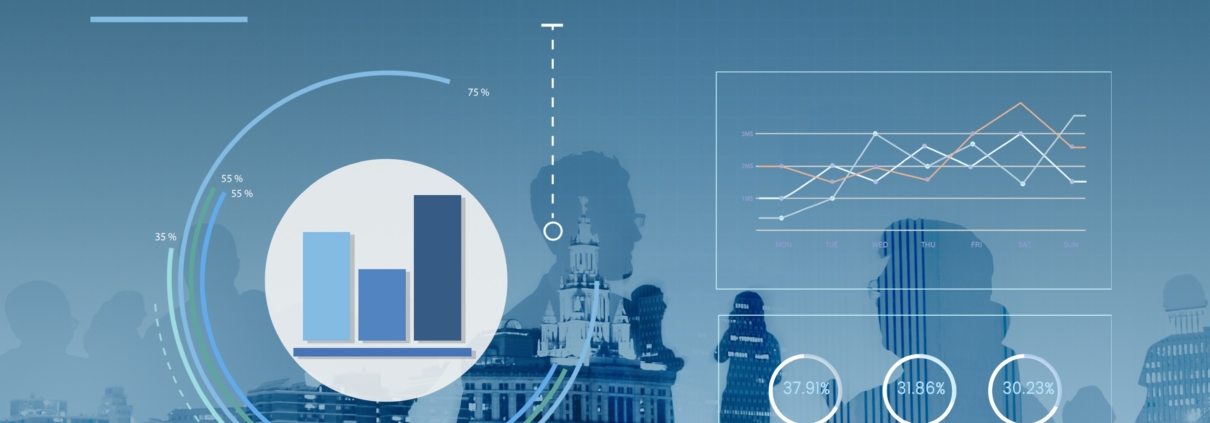An End-to-End Overview of the Data Analytics Workflow
In most companies today, dashboards fail not because tools are wrong-but because the pipeline beneath them is broken. Poorly cleaned data, outdated joins, and missing business logic-all silently corrupt the outcome. For analysts in 2025, knowing Excel or SQL isn’t enough. You must understand the full data analytics workflow, not as steps in a textbook, but as an interconnected system with friction points.
That’s why most learners now seek a Data Analytics Course Online that offers real industry datasets, not just tool demonstrations. It’s no longer about bar charts-it’s about owning the entire journey from ingestion to action.
Data Ingestion: Where Problems Usually Begin:
Many believe data analytics begins with dashboards. But it starts with how you ingest and connect data.
Sources include:
- Internal: ERP, CRM, transactional SQL servers
- External: APIs, third-party platforms, Excel dumps
- Real-time: Kafka, MQTT, Google Pub/Sub
Each source brings its own structure, latency, and failure points. Analysts must:
- Automate ingestion (using Airflow or Python jobs)
- Schedule extractions based on data freshness
- Perform schema validation early to avoid downstream errors
In Noida, logistics companies often deal with timestamp mismatches from multiple fleet vendors. This leads to failed joins unless ingestion pipelines apply UTC normalization logic upfront. Students from a Data Analytics Course in Noida now learn to handle this through Python and AWS Lambda orchestration.
Data Cleaning and Transformation: 80% of Real Work Happens Here:
This stage is more than just removing nulls. It’s where domain understanding meets technical design. For example:
- Do zeros mean “no value” or “not reported”?
- Should customer age be bucketed or kept raw?
- Should outliers be capped or flagged?
Core operations:
- Missing value imputation (mean/mode/ML-based)
- One-hot encoding, label encoding, bucketing
- Outlier detection (IQR, Z-score, Mahalanobis Distance)
- Time parsing and lag feature creation
In Delhi, edtech startups use noisy user activity logs that include bots and test users. Analysts have to build cleaning rules like:
- Sessions <10 sec = drop
- IP ranges = exclude internal QA team
This custom logic is never covered in a Data Analytics Course in Delhi, yet it’s crucial in practice.
Data Exploration and Analysis: Understanding the Story
Once cleaned, data needs structured probing-this isn’t just graphing.
Key techniques include:
- Correlation matrices to find signal
- PCA for reducing dimensionality
- ANOVA tests to assess categorical impact
- Cohort analysis to understand retention or churn
For example:
- A 40% correlation between support_tickets and monthly_spend tells you to prioritize service analysis
These insights lead to feature hypotheses for modeling or KPI proposals for dashboards.
Output Layer: Dashboards, APIs, and Models
The cleaned and analyzed data either becomes:
- Reports (dashboards, spreadsheets)
- ML Models (scored in real-time or batch)
- Alerts (threshold breaches, anomaly detection)
- APIs (for embedding in mobile/web apps)
Key components include:
- Power BI or Tableau for dynamic filtering
- Streamlit or Dash for model result presentation
- REST APIs with FastAPI for live model scoring
- Databricks + MLFlow for pipeline tracking
Important: No dashboard can “fix” bad logic. For example, if LTV is calculated before refund adjustment, your graph will always lie-even if it’s in Power BI.
Full Workflow Breakdown:
| Stage | Activities | Tools/Tech |
| Ingestion | Extract, parse, validate data | Python, SQL, Airflow, Azure Data Factory |
| Cleaning | Nulls, outliers, data typing | Pandas, NumPy, OpenRefine, PySpark |
| Transformation | Feature engineering, lag logic, reshaping | Scikit-learn, Featuretools, Polars |
| EDA | Statistical testing, correlations, cohort logic | Seaborn, Matplotlib, Statsmodels |
| Modeling | Regression, clustering, decision trees | XGBoost, LightGBM, H2O.ai |
| Output/API | Dashboards, scoring APIs, auto-refresh pipelines | Streamlit, Power BI, FastAPI |
Metadata and Data Lineage: Trusting the Data You Analyze:
In large-scale workflows, tracking where data came from, how it was transformed, and by whom is essential. This is called data lineage. Without lineage, even a small error-like a changed column name or format-can silently corrupt reports and models downstream.
Modern platforms now include metadata tagging and lineage tracking as standard.
Feedback Loops and Workflow Maintenance:
Pipelines need continuous monitoring and updates. As data changes (new columns, schema changes, volume spikes), old cleaning rules or feature logic may break. This is where feedback loops matter.
Analysts should:
- Log model drift and dashboard performance issues
- Create alerts for data quality metrics (e.g., null rate > threshold)
- Version control all SQL queries and transformations
Key Takeaways
- Pipelines must include validation logic, not just data pulls
- Analysis is as much about asking the right questions as visualizing trends
- In cities like Delhi and Noida, business verticals demand full-stack analytics-not just chart builders
- To stay relevant in 2025, analysts must learn workflow ownership, not just tool usage
Sum up,
Analysts can no longer operate in silos where one team ingests, another cleans, and a third reports. In high-speed environments like Delhi and Noida, where business decisions are driven by data every hour, only those who understand the entire analytics workflow stand out.



Leave a Reply
Want to join the discussion?Feel free to contribute!